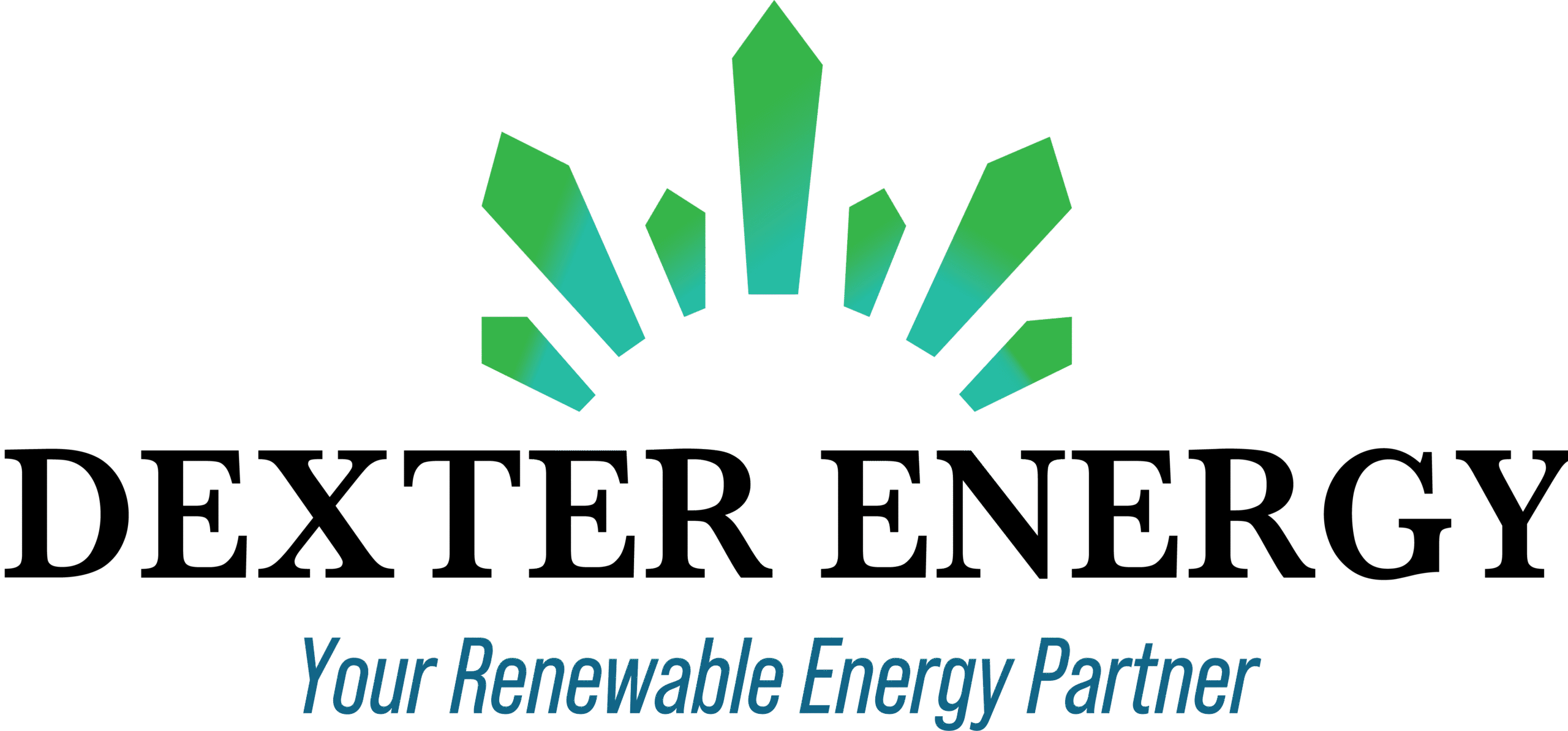Floating solar is not only reshaping the future of renewable energy but also opening new pathways for clean power generation on water bodies. A strong floating solar projects EPC company plays a major role in designing, engineering, procuring, and building such projects safely and efficiently. With rising land constraints, floating solar is becoming the preferred option for industries, utilities, and government bodies.
This guide breaks down everything you need to know, including EPC services, design methods, technology components, O&M strategy, cost structure, advantages, and industry trends. Throughout the article, related keywords such as floating solar EPC services, floating solar contractors, floating solar installation, and renewable energy EPC are naturally integrated.
Table of Contents
-
Introduction to Floating Solar Projects
-
Why Floating Solar Is Growing Fast
-
What an EPC Company Does in Floating Solar
-
Key Components Used in Floating Solar Projects
-
Floating Solar Project Design and Engineering
-
Procurement Strategy for Floating Solar Systems
-
Installation Process Explained
-
Commissioning and Testing Procedures
-
Ongoing Operation and Maintenance
-
Cost Breakdown and Budget Planning
-
Challenges in Floating Solar Projects
-
How to Choose the Right Floating Solar Projects EPC Company
-
Latest Trends and Innovations in Floating Solar
-
Case Studies and Success Examples
-
Conclusion
-
FAQs
Introduction to Floating Solar Projects
Floating solar, also called floating photovoltaic (FPV), involves installing solar panels on modular floats that sit on water bodies like reservoirs, lakes, dams, and industrial water tanks. A reliable floating solar projects EPC company handles end-to-end implementation, ensuring that every part of the system works smoothly.
With land scarcity increasing across industrial zones, floating solar offers a powerful way to generate clean energy without occupying land. EPC companies bring engineering efficiency and proven methodology to build stable, long-lasting solutions.
Why Floating Solar Is Growing Fast

Several reasons are driving the global adoption of floating solar:
Land-Free Power Generation
Industries often struggle to find open land for solar plants. Floating solar uses unused water bodies, helping businesses avoid land acquisition challenges.
Higher Solar Efficiency
Water naturally cools solar panels. This increases energy generation by 10–15 percent compared to ground-mounted systems.
Reduced Water Evaporation
Floating panels shade the water surface, reducing evaporation by 30–40 percent.
Lower Algae Growth
Less sunlight reaching the water helps control algae formation.
These benefits make floating solar highly attractive, and the role of a floating solar EPC company becomes even more critical.
What an EPC Company Does in Floating Solar
A strong floating solar projects EPC company follows a structured approach that includes planning, engineering, procurement, and construction.
Engineering Services
-
Site study
-
Water depth analysis
-
Power generation assessment
-
Design optimization
-
Structural engineering
Procurement
The EPC partner sources:
-
Float structures
-
Solar panels
-
Inverters
-
Anchoring systems
-
Cables
-
Safety equipment
Quality procurement ensures long-term performance.
Construction
The installation phase includes:
-
Float assembly
-
Panel mounting
-
Inverter installation
-
Cabling and electrical connection
-
Anchoring and mooring
A reliable floating solar EPC contractor ensures everything follows safety standards.
Key Components Used in Floating Solar Projects

Floating solar uses a combination of specialized and standard components:
Floating Platforms
These HDPE floats support solar modules.
Solar Modules
High-efficiency modules designed for outdoor conditions.
Anchoring and Mooring
Heavy-duty systems keep the floating solar plant stable.
Inverters
String or central inverters convert DC to AC power.
Underwater Cables
Designed for aquatic environments.
Walkways and Rails
Workers use them for installation and maintenance.
A top-tier floating solar projects EPC company ensures all components meet international standards.
Floating Solar Project Design and Engineering
Design is the backbone of floating solar. Engineering teams consider:
Water Depth and Flow
Water movement affects stability, so hydrological analysis is important.
Solar Orientation
Panels must be positioned to maximize sunlight.
Load Calculation
Wind, wave height, and water level variations can impact the system.
Float Arrangement
Modules must be evenly distributed for balance.
The more accurate the design, the better the system performs.
Procurement Strategy for Floating Solar Systems
A strong procurement strategy focuses on:
Vendor Shortlisting
Only certified suppliers should be selected.
Quality Testing
Every component should pass electrical and mechanical testing.
Cost Optimization
Balancing cost and quality is key.
Experienced floating solar contractors maintain relationships with trusted vendors to ensure timely delivery.
Installation Process Explained
Floating solar installation demands skill and precision.
Assembling Floats
Floats are assembled onshore before being pushed into the water.
Mounting PV Modules
Panels are attached carefully to avoid stress on joints.
Electrical Integration
DC cabling, combiner boxes, and inverters are positioned.
Anchoring
Anchors are installed on the waterbed to keep the system steady.
Testing
Electrical safety tests ensure proper working conditions.
Safety is always a priority during installation.
Commissioning and Testing Procedures

Commissioning includes:
-
Inverter synchronization
-
Power quality tests
-
Electrical safety verification
-
Float stability assessment
A professional floating solar projects EPC company handles all documentation and handover.
Ongoing Operation and Maintenance
Maintenance is crucial to keep floating solar systems running at peak performance.
Cleaning Panels
Water droplets and dust reduce efficiency.
Checking Anchoring
Anchors must stay tight under wind pressure.
Monitoring Electrical Components
Cables, inverters, and connectors need regular inspection.
Performance Reporting
Monthly energy output reporting helps track ROI.
Cost Breakdown and Budget Planning
Floating solar plant costs vary depending on:
-
Water depth
-
Type of floats
-
Size of the project
-
Anchoring requirements
-
Quality of components
EPC companies provide transparent cost estimates to help clients plan better.
Challenges in Floating Solar Projects
Floating solar is promising, but challenges exist:
Weather Impact
High winds and heavy rain require strong engineering.
Water Quality
Polluted or corrosive water affects component durability.
Complex Installation
Skilled teams are needed.
Anchoring Difficulty
Different waterbeds require different anchor designs.
How to Choose the Right Floating Solar Projects EPC Company
Look for:
-
Proven experience
-
Strong engineering team
-
Access to global suppliers
-
Transparent pricing
-
After-sales support
-
Successful past installations
A company that specializes in floating solar EPC services will always deliver better results.
Latest Trends and Innovations in Floating Solar
Trends shaping the industry include:
Hybrid Floating Solar with Hydro Dams
Sharing infrastructure with hydropower plants.
Dual-Axis Tracking on Water
Improves energy production.
Advanced Anchoring Systems
Designed for storm protection.
AI-Based Monitoring
Helps track performance in real-time.
Case Studies and Success Examples
Reservoir-Based Floating Solar Plant
A water reservoir solar project delivered higher efficiency due to natural cooling.
Industrial Water Pond
Factories use unused ponds to power operations.
Dam-Integrated Floating Solar
Combines hydropower and solar for steady generation.
Conclusion
Floating solar is emerging as one of the strongest renewable energy solutions, especially in regions with limited land availability. A dependable floating solar projects EPC company ensures seamless engineering, procurement, installation, and long-term maintenance. With the right technology and planning, floating solar projects offer clean, cost-effective, and efficient power generation for decades.
FAQs About Floating Solar Projects EPC Company
1. What is a floating solar projects EPC company?
It is a company that handles engineering, procurement, and construction of floating solar plants.
2. How efficient are floating solar systems?
They typically generate 10–15 percent more power due to natural cooling.
3. Can floating solar be installed on any water body?
It can be installed on lakes, reservoirs, dams, ponds, and industrial tanks.
4. How long do floating solar systems last?
With proper maintenance, they can last 25–30 years.
5. Is floating solar expensive?
Costs depend on floats, anchoring, depth, and project size.
6. What maintenance does floating solar need?
Panel cleaning, anchoring checks, and electrical inspection.
7. Can floating solar withstand storms?
Yes, with proper anchoring and engineering.
8. What is the role of an EPC contractor?
To design, procure, install, test, and deliver a complete floating solar plant.
9. Are floating solar plants safe?
Yes, when built using certified components and standards.
10. How soon can a floating solar project be installed?
Most projects take 4–12 months depending on size.


